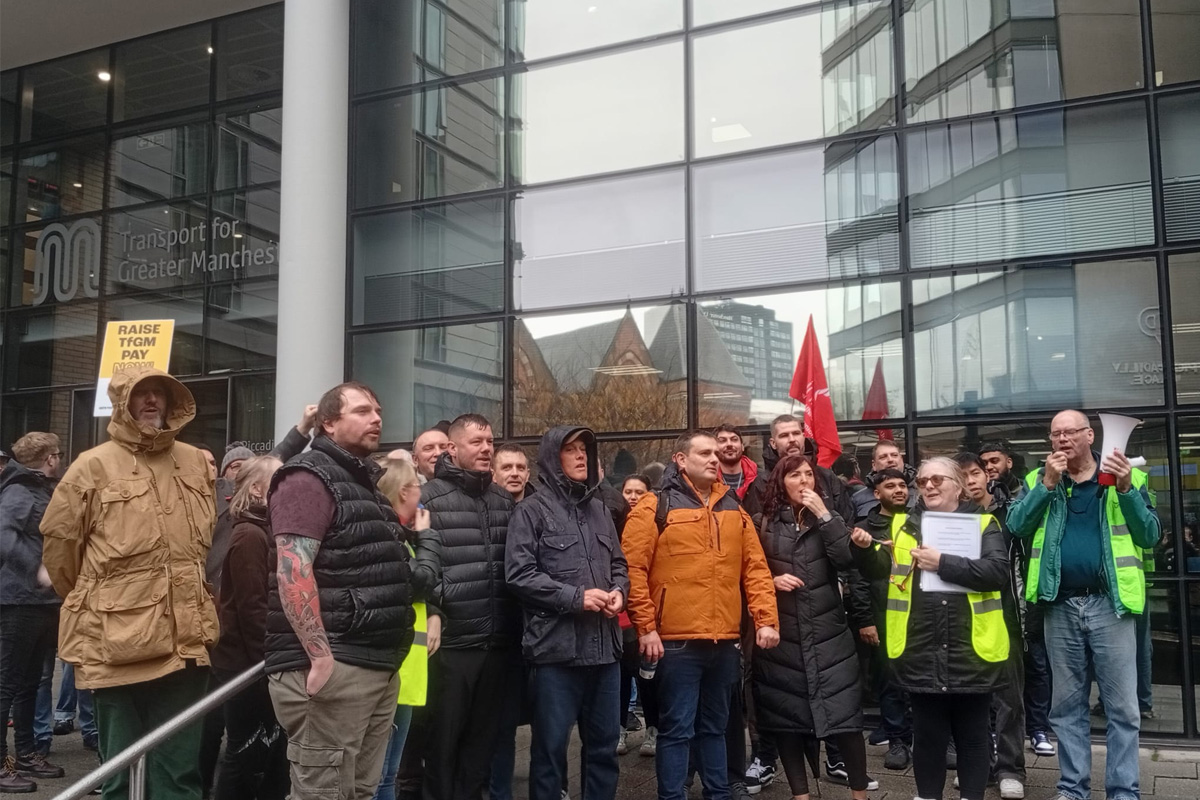Hinkley Point C (HPC) – a new nuclear power station that is under construction in Somerset – has seen another outbreak of unofficial ‘wildcat’ strike action. Construction workers are standing their ground in defence of pay and conditions.
The bosses at notorious private contractors Balfour Beatty and N.G. Bailey had reportedly planned to slash the agreed travel allowance these workers got by around 50%.
This swingeing cut represented a serious attack on workers’ conditions, at a time when the cost of living is already hard to bear.
The mechanical and electrical (M&E) workers affected were not prepared to take this lying down, however. They showed their mettle on 26 July, when around 125 of them downed tools in protest at this treatment.
As a result, the bosses quickly caved to their demands and rescinded the travel allowance cut.
This successful action has now sparked further struggles.
Over 300 scaffolders at the site – employed by Bylor, a joint venture involving the notorious Laing O’Rourke, under a different agreement to the original M&E strikers – are planning their own unofficial strike action in order to get parity in their pay and conditions. They intend to stop work every Wednesday until their demands are met.
Other unofficial wildcat walkouts are continuing at HPC. Steel erectors working for steelwork contractor William Hare walked out on Tuesday 8 August, demanding regular shift arrangements, with a split of 10/4 in terms of days spent working/time off.
And elsewhere, 150 welders and platers at HPC steelwork supplier Darchem Engineering from Stockton-Upon-Tees – organised in GMB – have just won a 13% pay increase, following several weeks of strike action at their steel fabrication shop.
Exploitation
The construction industry is notorious for exploitative practices. Whether it’s bogus self-employment, blacklisting, or brutal working hours, nothing is beyond the big businesses that dominate the sector.
The employers at HPC are no exception. The site has previously seen struggles explode over several issues, most notably the attempt to deskill the trades employed there.
As a result of these constant attacks by the bosses, as well as the slow responses of the unions, workers at HPC have developed a strong tradition of unofficial strike action. It is this tradition that they are drawing on now.
Warning tremors

But it’s not just at HPC that such struggles have broken out. Across the contractors signed up to the National Agreement for Engineering Construction Industry (NAECI), unions are preparing formal strike ballots.
This comes after workers in Unite and GMB resoundingly rejected the NAECI two-year pay offer of 8.5%, with both unions’ combined membership voting to do so by 92%. Clearly, the bosses’ excuse that “commercial margins [i.e. profits] remain extremely tight” hasn’t convinced many!
And in the petrochemical sector, various offshore oil and gas rigs have seen outbreaks of strike action – both official and wildcat – in July. These strikes involved over a thousand workers organised on a ‘craft’ union basis, similar to the situation in construction.
For many years, bosses have used these artificial divisions between workers to impose the terms they want in these sectors. ‘Divide and rule’ is one of the oldest tricks in the book, and the employers have spent many decades perfecting it.
But these recent struggles demonstrate that the deliberate fracturing of the workers into different employers and unions can be overcome, regardless of what the bosses and their stooges want.
They are like the warning shocks that precede a serious earthquake or eruption – in this case, the eruption of class struggle.
Unite and fight!
Unity in action is key to the struggle of construction and engineering workers. In a sector that is divided between different trades, and organised between different unions, rank-and-file unity is indispensable – as all these struggles show.
In many workplaces, cross-union and cross-employer committees already exist to coordinate strikes. These must be expanded to every workplace, and a concerted effort must be made to win over new workers to them wherever possible.
Not only will this create the necessary unity amongst workforces, it will also give these struggles the strength to continue defying anti-union legislation. Only by standing together can workers defeat these rotten laws, which exist to protect the bosses’ interests.
As for the contractors, it’s time to put an end to their greed. In order to oversee projects effectively, and safeguard those who work on them, these firms should be nationalised under the control of the workers themselves and reorganised so as to plan major construction properly.
The Hinkley Point workers are once again showing the way. Militancy pays. Even the toughest bosses can’t stop the tide of class struggle, once it starts coming in.






